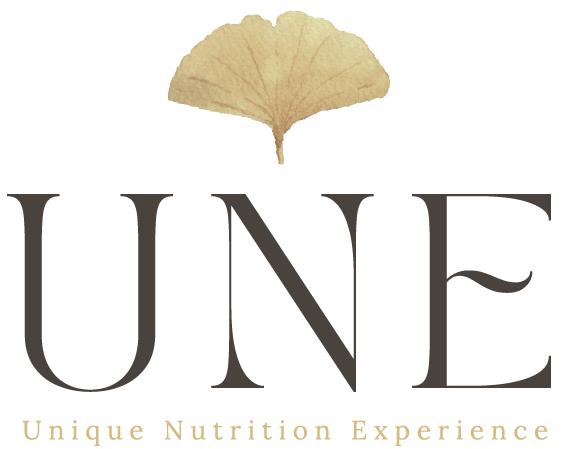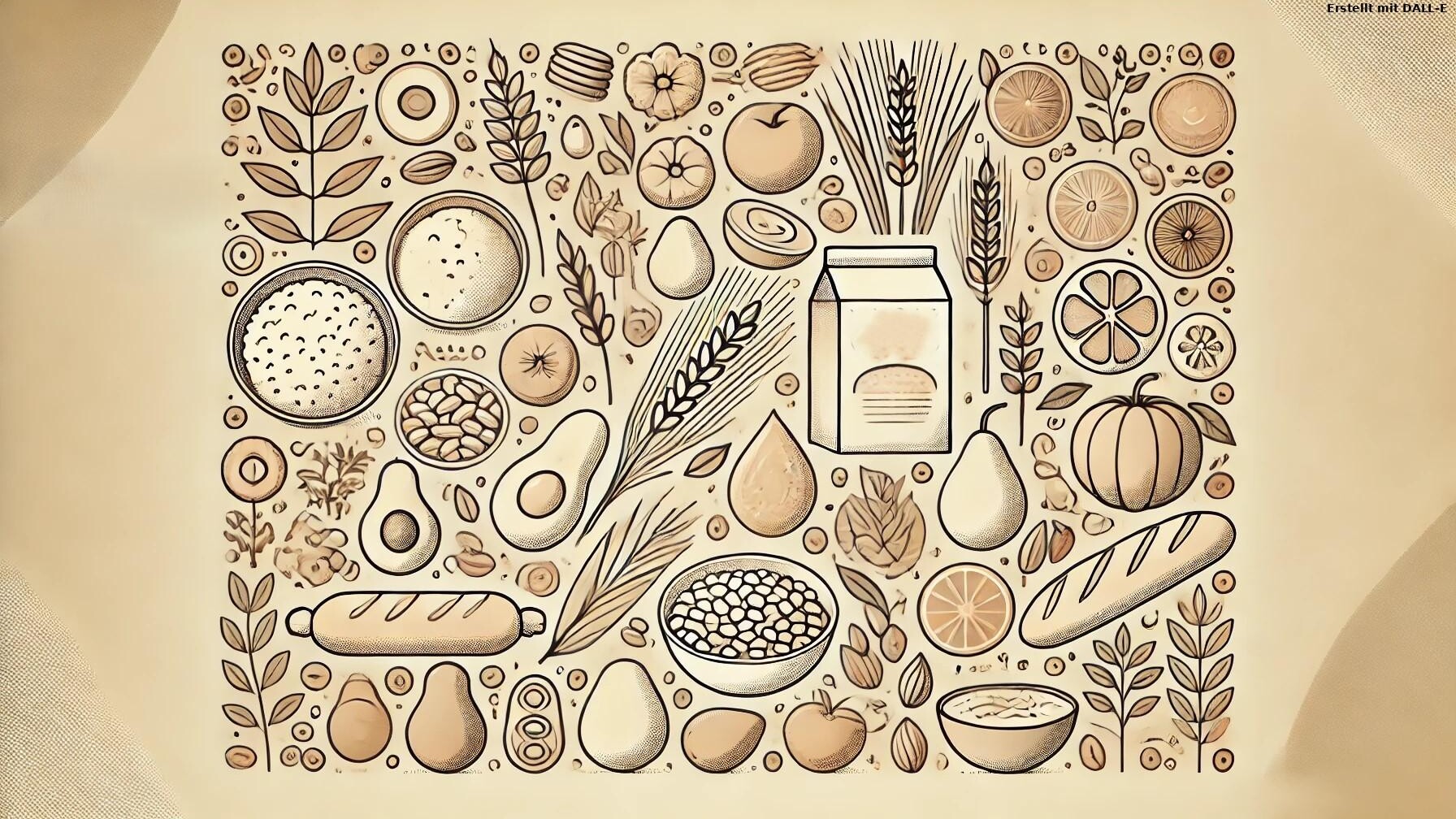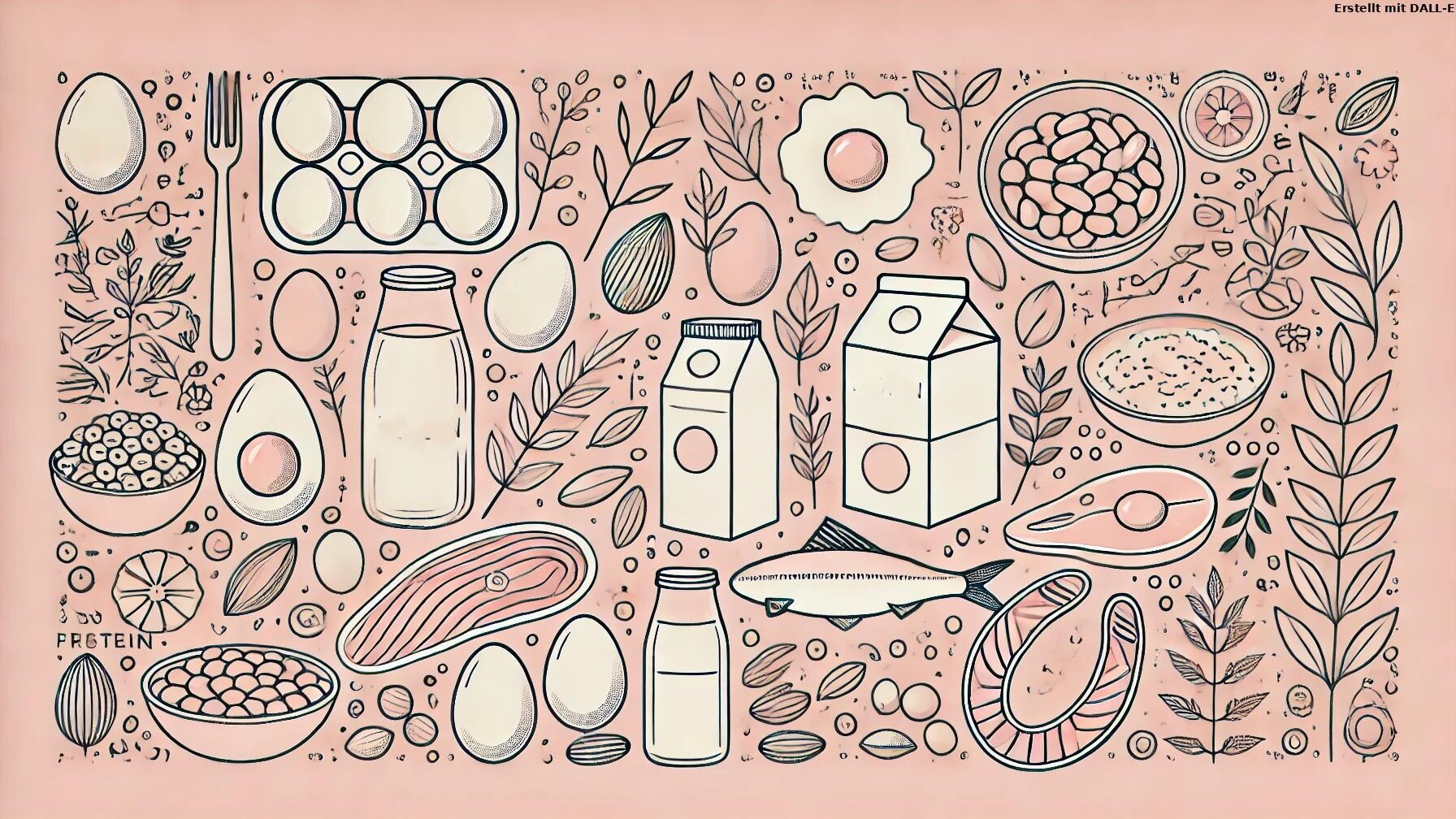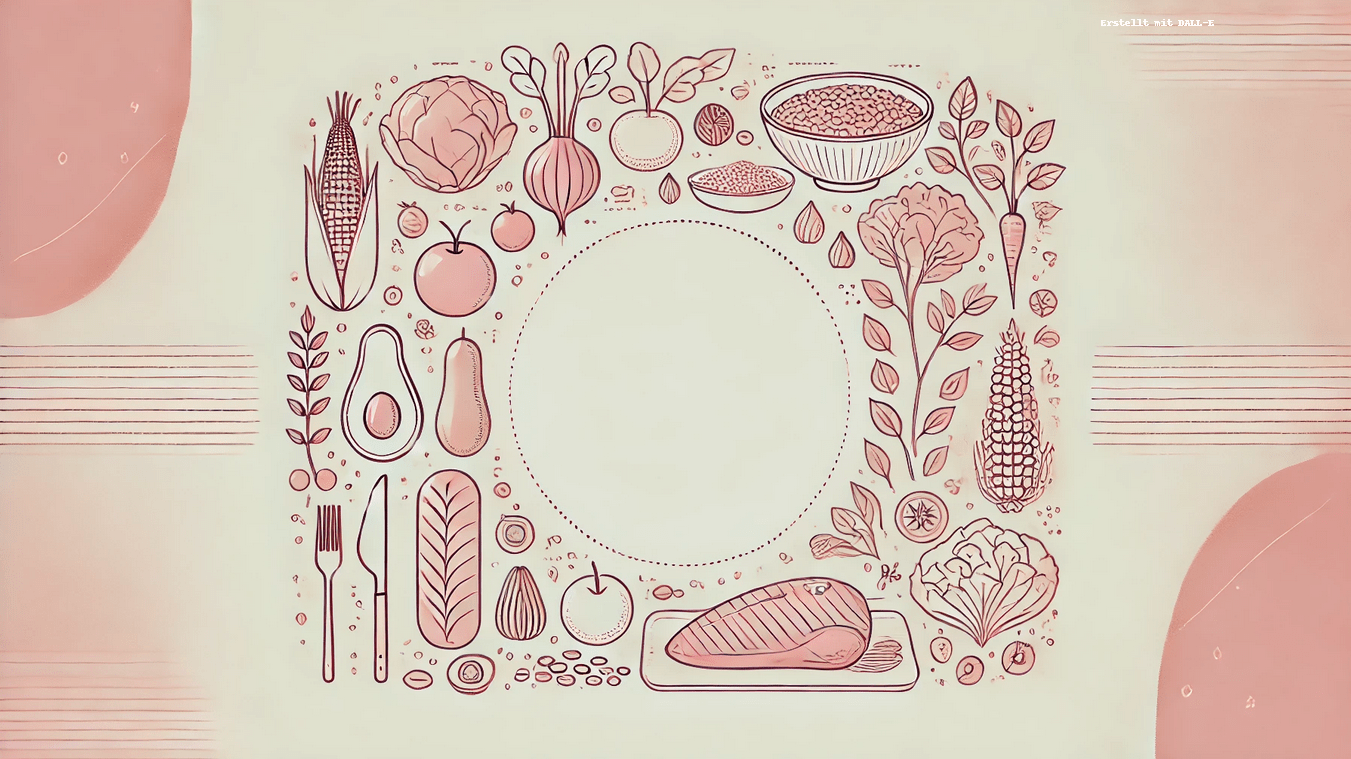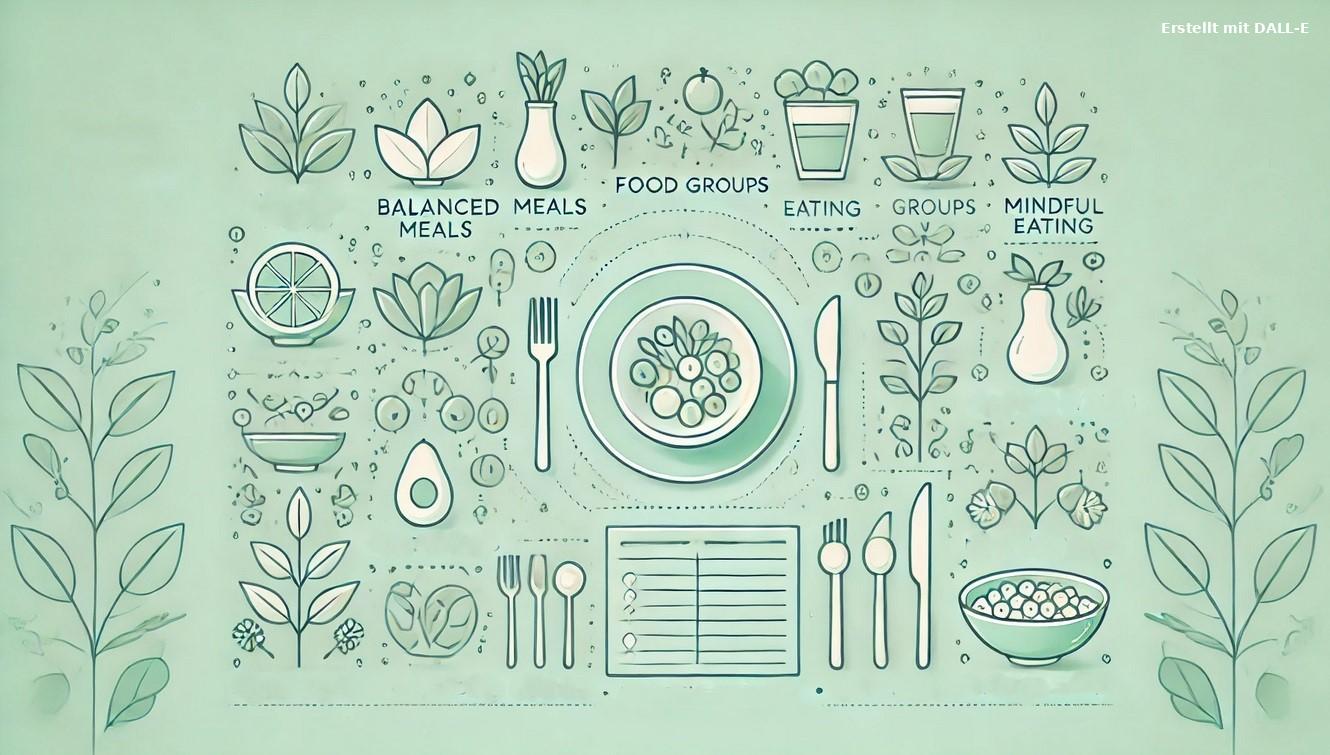
Omnivore Diet: What Does It Mean?
The omnivore diet includes both plant-based and animal-based foods. People following an omnivorous diet consume a variety of foods, including meat, fish, dairy, eggs, grains, legumes, fruits, and vegetables.
What Foods Are Included?
The omnivore diet is diverse and includes:
- Animal Products: Meat, fish, eggs, dairy
- Plant-Based Foods: Fruits, vegetables, grains, legumes, nuts, seeds
- Processed Foods: Bread, pasta, ready-made meals (depending on individual preferences)
Possible Benefits of an Omnivore Diet
- ✅ Wide range of nutrients from various sources
- ✅ Flexible and adaptable to individual needs
- ✅ Easy to implement, as no food groups are excluded
Challenges of an Omnivore Diet
- ⚠️ Food quality matters (e.g., ethically sourced meat, organic products)
- ⚠️ Finding the right balance between animal and plant-based foods can be challenging
- ⚠️ Sustainability considerations should be taken into account
Who Is This Diet Suitable For?
The omnivore diet is ideal for individuals who want a diverse and flexible eating pattern that includes both plant-based and animal-based foods. It allows for customization based on personal preferences.
Conclusion: A Diet with Many Possibilities
The omnivore diet is a flexible way of eating that includes a broad variety of foods. The key is to focus on high-quality, balanced choices to ensure optimal nutrition.
✨ High-Protein Baking Mixes for a Balanced Diet! ✨
👉 Looking for high-protein baking mixes that fit perfectly into a balanced diet?
Our Pro-Fi Baking Mixes offer exactly that: high protein, fiber, and fewer carbohydrates – ideal for a diverse diet.
This post is for informational purposes only and does not replace medical advice.
Das könnte dich auch interessieren
21. February 2025
What Are Carbohydrates?
Carbohydrates are one of the three main energy sources. They are made up of sugar units…
21. February 2025
What Are Proteins?
Proteins, also known as peptides, are essential building blocks of the body. They consist…
20. February 2025
What Are Macronutrients?
Macronutrients are the main components of our diet and provide energy. They are divided…
